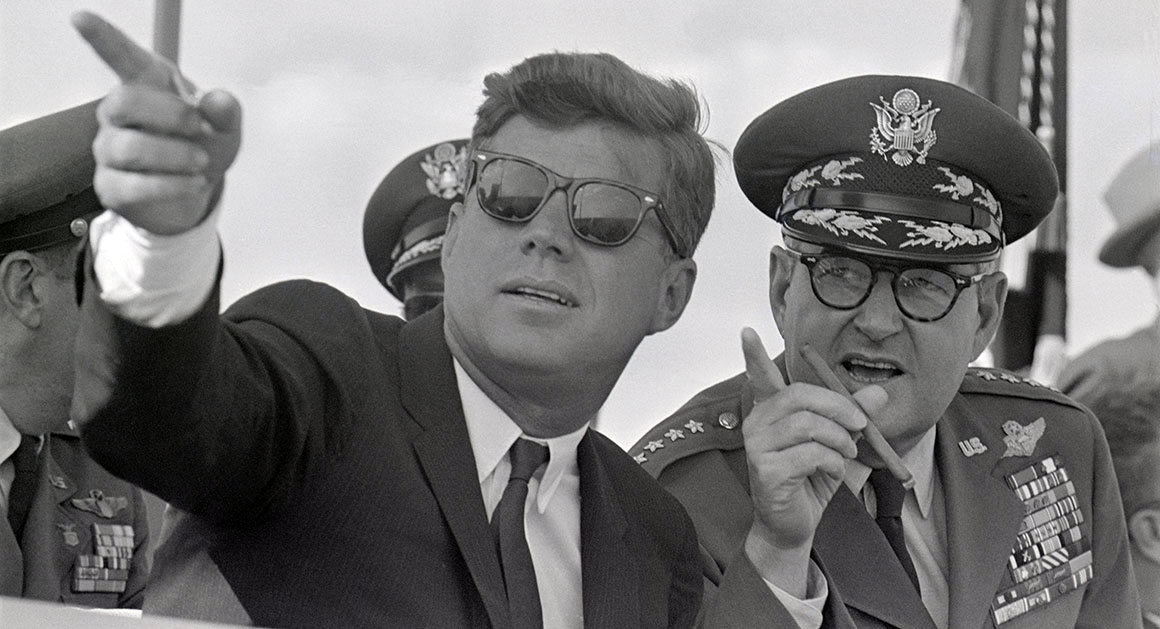"In 1962, the Air Force proposed a new project: a reconnaissance-strike version of the aircraft, designated the RS-70 . The RS-70 was designed to overfly and scan the enemy territory during or after a nuclear exchange, identifying and attacking any targets not destroyed by the first salvo of missiles. By processing reconnaissance data within an airborne strike vehicle, targets could be immediately attacked, instead of wasting precious time waiting for the next round of missiles. Advanced computerized radar would direct airborne missiles to their targets. The Air Force and North American were proposing a program of 60 operational aircraft by 1969, at an estimated cost of $50 million each, with another 150 airplanes delivered in 1970. For this RS-70, the Air Force's FY 1963 request totaled $573.8 million, compared to only $171 million allocated according to the President's budget.
The Administration did not support the new and improved B-70. First of all, Robert McNamara did not believe the technology required for such a mission even existed, especially the radar system. He argued that as the RS-70 flew at 70,000 feet and 2,000 miles per hour, the proposed radar would be seeing new areas at a rate of 100,000 square miles per hour or 750 million square feet per second. The technology required to gather,process, and display this data would not be available by the time the RS-70 required it. Second, even if it was feasible, what overall contribution would the RS-70 make? In its intended mission,the RS-70 would be hunting for the last few surviving and unlaunched Soviet missile sites. General Maxwell Taylor, former Chairman of the Joint Chiefs, questioned the overall importance of overflying Soviet targets looking for residual weapons, after each country had already exchanged several thousand megatons of nuclear firepower. "Is it worth several billion dollars of national resources?" he asked."

